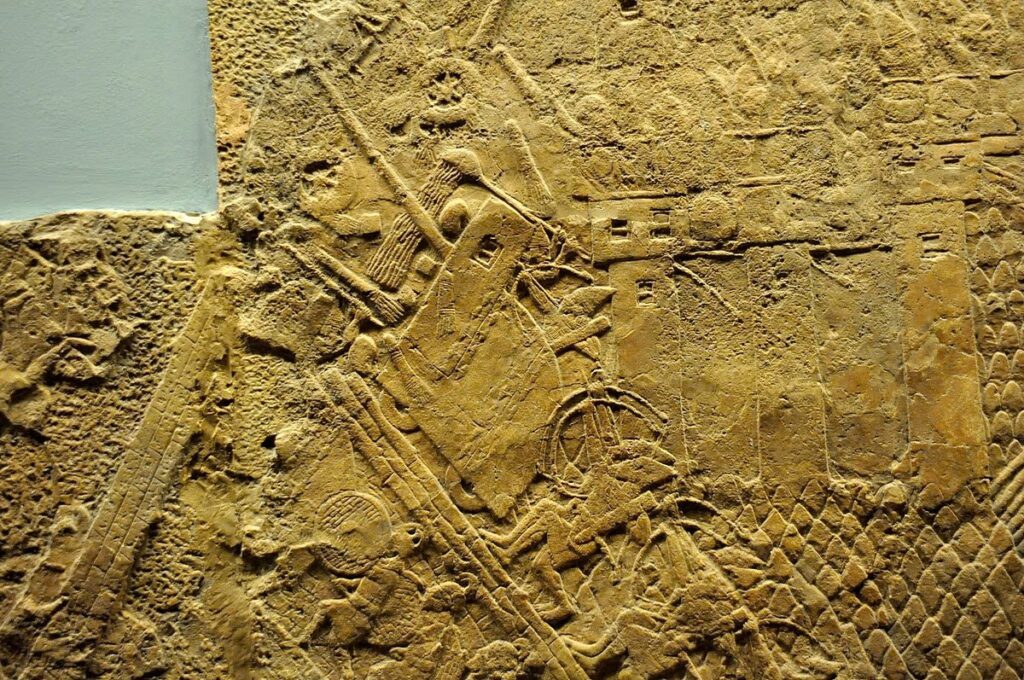The Siege that Shaped History
The Power of the Assyrian War Machine

In the annals of ancient history, few conflicts are as well-documented as the Assyrian conquest of Lachish, a pivotal Judean city, around 701 BCE. This event, recorded in biblical texts, Assyrian documents, and even preserved artwork, showcases the might of the Assyrian empire at its peak. Under the command of King Sennacherib, the Assyrian army employed innovative military tactics that made them nearly invincible in both open-field battles and siege warfare.
Lachish: A Prize Worth Taking
Lachish held immense strategic importance as the second most vital city in the Kingdom of Judah. Its fall to the Assyrians marked a significant milestone in their campaign, as described in various historical sources, including the Book of Isaiah.
Unveiling the Secrets of the Siege Ramp
A Monumental Engineering Feat

At the heart of the Assyrian victory lay an impressive siege ramp – the only surviving physical evidence of Assyrian military engineering in the entire Near East. Recent research led by Professor Yosef Garfinkel and his colleagues has shed new light on how this formidable structure was built and utilized.
The Construction Process

The researchers estimate that the ramp required approximately three million small boulders, each weighing about 6.5 kg. These stones were likely quarried from a nearby cliff and transported via human chains working in parallel shifts. This efficient system could have moved an astonishing 160,000 stones per day, allowing the ramp to reach the city walls in just 25 days.
The Final Assault
Once completed, the ramp served as a platform for massive battering rams housed in siege engines. These formidable weapons, weighing up to a ton, were used to breach Lachish’s defenses. The discovery of an iron chain at the top of the ramp suggests that these rams were suspended using metal chains for durability during the assault.
A Testament to Assyrian Efficiency

The prophet Isaiah’s vivid descriptions of the Assyrian army’s relentless efficiency align with the researchers’ findings. The speed and precision with which the siege ramp was constructed and utilized speak volumes about the Assyrians’ military prowess.
Looking to the Future
Professor Garfinkel and his team hope to conduct further excavations in the quarry area near Lachish. These investigations aim to uncover more details about Assyrian warfare techniques, potentially revealing additional insights into this pivotal moment in ancient Near Eastern history.

